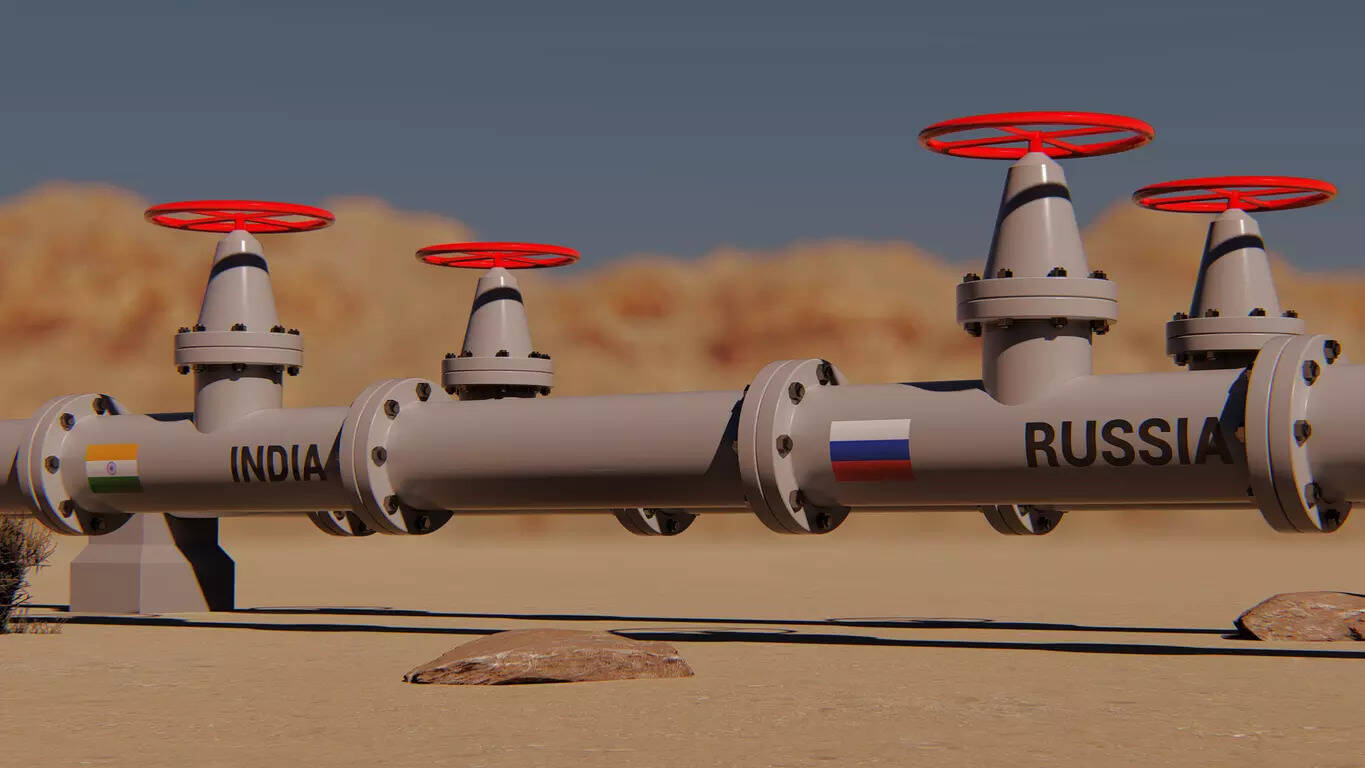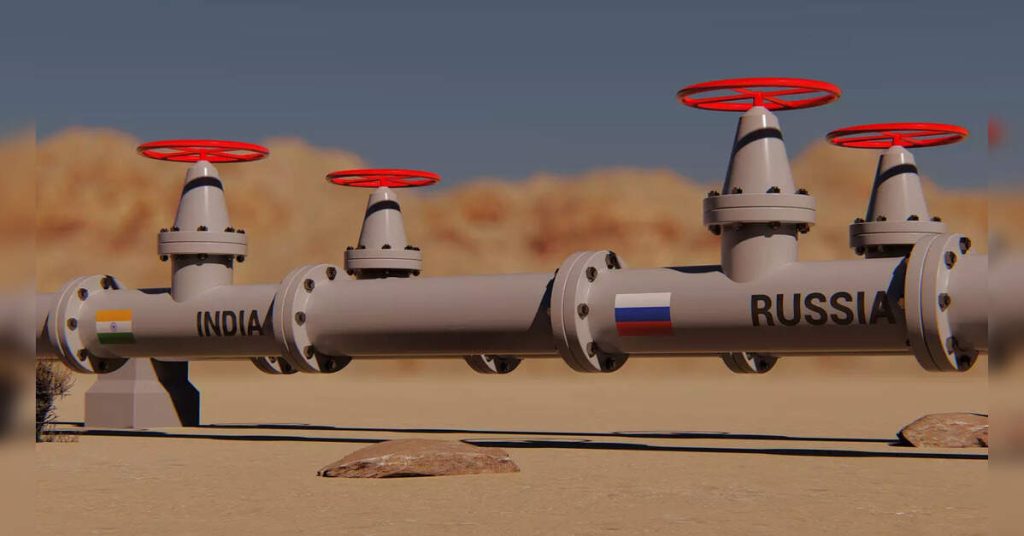
Russia remains India’s single-largest source of oil, accounting for 34 per cent of inbound shipments in Sept, although volumes have slipped 10 per cent in the first eight months of 2025, according to commodities and shipping markets tracker Kpler.
The agency’s latest report pegs India’s crude imports in Sept at more than 4.5 million bpd (barrels per day).
This is an increase of 70,000 barrels over Aug but flat when compared to the year-ago period, says the report, adding Russian oil accounted for a tad under 1.6 million bpd, or 34 per cent of crude imports. India’s overall crude imports in Oct have broadly remained in line with expectations at 1.6 million bpd. However, Russian crude shipments have seen a drop of 180,000 from the average volumes imported during the first eight months of 2025, says the report.
The drop in the Russian oil imports is purely driven by market dynamics and not because of Washington’s tariff threat and European criticism against India’s continued purchase of those barrels.
Industry watchers said falling oil prices have squeezed the discount on Russian crude in the region of about $2 per barrel. This has opened arbitrage windows for Indian refiners, which have the capability to process a wide variety of crude, and they are tapping more of West Asian, African and US sources. The slowdown in fuel demand, especially diesel, the largest selling fuel in the country, during the monsoon also contributed to the slight shift away from Russian crude, especially with the narrow discounts.
“We are buying crude as per the economics. We are not making any extra effort for either increasing or decreasing Russian crude,” IndianOil chairman Arvinder Singh Sahney had told TOI recently, implying the choice of crude depends on the price and yield matching the products slate planned at a given time.
Despite the dip, Kpler said Russian barrels will remain among the most economical feedstock options for Indian refiners, given their high GPW (gross product margin) and discounts relative to alternatives, as refinery operations pick up to meet the festive season (Oct-Dec) fuel demand.


